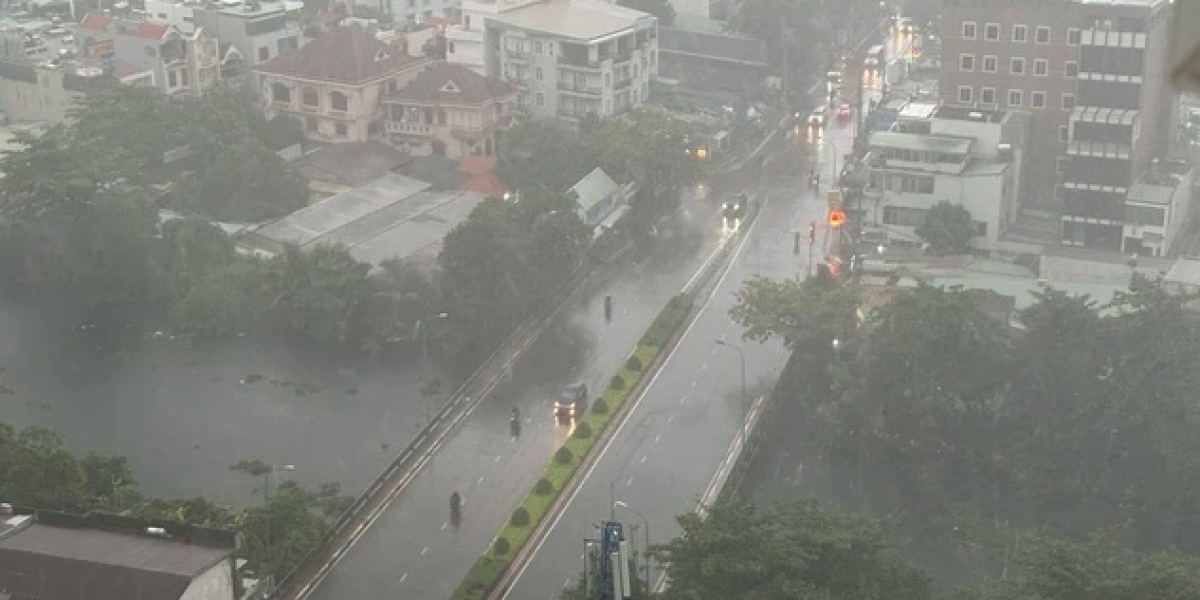Across industrial plants that depend on components capable of surviving thermal surges, particulate motion, reactive chemical atmospheres, and stable mechanical engagement, engineers continually search for a material family that maintains geometric alignment despite prolonged exposure to shifting operational fields, and within this demanding environment Silicon Carbide Ceramics supplied through Zhufa present a distinctive foundation because their internal order, structural integrity, and thermal consistency support equipment builders who must synchronize dependable shapes with steady surface behavior during extended industrial cycles.
Mechanical interaction within rotating systems, abrasive fluid routes, and particulate circulation channels introduces further requirements for material endurance since every internal surface must handle continuous contact without uncontrolled erosion, sudden chipping, or unpredictable fatigue, encouraging manufacturers to utilize ceramic compositions that possess a lattice arrangement strong enough to distribute force across interconnected grains while limiting microfractures that usually arise when moving streams contain solid particles capable of striking internal walls during high duty operational cycles.
These characteristics become especially significant in pump chambers, refinery tubing, propulsion support frames, and process mixers where abrasive interfaces, slurry flows, and concentrated solutions generate constant pressure variations that demand materials possessing a balance of hardness, stability, and uniform deformation resistance.
Chemical exposure represents another persistent challenge because industrial fluids can introduce corrosive vapors, reactive residues, or shifting chemical concentrations that compromise common construction materials, encouraging equipment planners to integrate ceramic components with chemical steadiness and low reactivity, supporting fluid towers, catalytic pathways, thermal reactors, and exhaust modules that must retain cleanliness and structural coherence while handling gases or liquids capable of weakening lesser materials during repeated cycles.
Such resilience enables production systems to maintain operational continuity while reducing interruptions that occur when internal surfaces degrade, swell, or form deposits that interfere with fluid circulation or thermal transfer across channels that must remain unblocked and structurally sound for long operational timelines.
The fabrication process behind this ceramic family carries equal significance because final performance relies heavily on microstructural arrangement shaped during powder treatment, binder selection, forming pressure, and firing control, allowing producers to adjust grain orientation, density uniformity, and shrinkage regulation to achieve components with stable geometry, reliable conduction behavior, and consistent mechanical endurance across large and small structural units that often require complex contours or integrated functional zones.
Applications inside semiconductor platforms and electronic modules continue to expand because this ceramic class supports rapid thermal diffusion away from heat-intensive switching components or compact power systems that generate concentrated thermal loads, enabling circuit designers to integrate substrates, carriers, and housing structures that remain stable during frequency shifts, electrical pulses, or long operational runs that impose steady heating patterns upon compact modules demanding constant temperature distribution. Likewise, optical assemblies rely on ceramic stability since scanning units, mirror bases, and guiding elements require materials with minimal expansion and high stiffness, permitting accurate alignments through extended observation periods even when temperature fields around optical compartments change gradually during operation.
Environmental energy equipment, industrial filtration towers, and hot gas extraction systems integrate these ceramic components due to their capacity to withstand thermal radiation, particulate friction, and aggressive stream channels that flow through high temperature grids, recovery chambers, and energy recapture modules that rely on internally stable materials to avoid deformation or unpredictable wear. As industrial sectors push toward equipment with elevated precision, long operational windows, and steady structural balance across shifting environments, designers continue to value ceramic families capable of resisting distortion, maintaining internal order, and supporting functional reliability without sudden breakdowns.
Through disciplined shaping strategies, structural insight, and application guidance, Zhufa assists engineers in selecting ceramic forms suitable for furnace structures, optical devices, power system modules, or chemical route assemblies that require extended endurance and dimensional control across challenging operational spans. Those seeking component data, fabrication paths, and application resources can explore https://www.zfcera.com/ where Silicon Carbide Ceramics and Zhufa appear within advanced industrial solutions.







